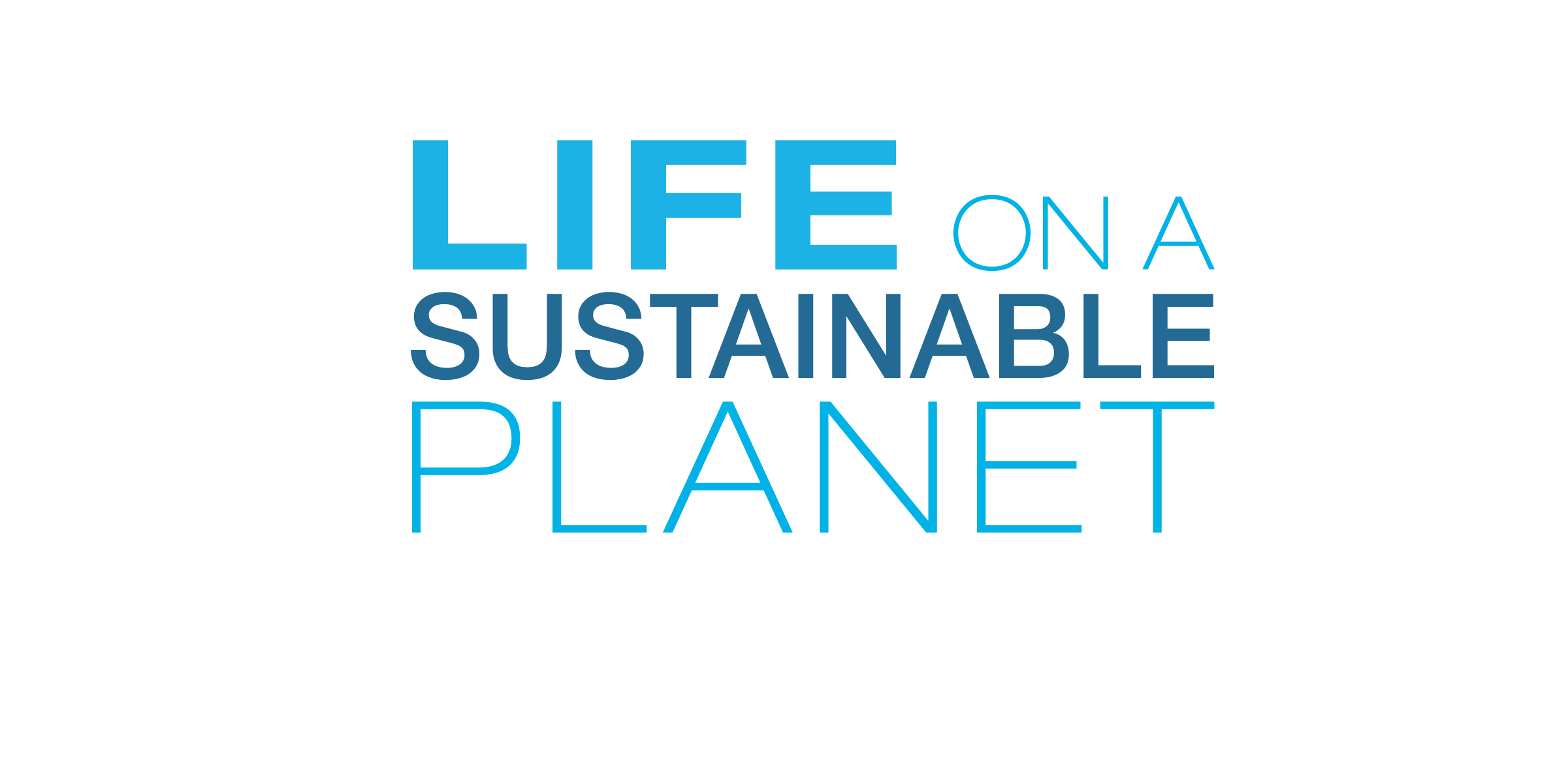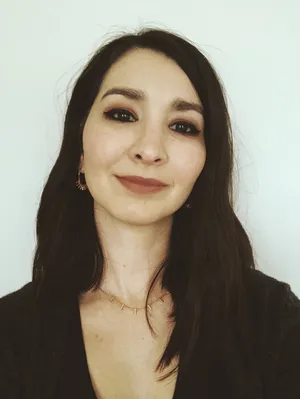Meet Sophia Kianni: Young Climate Change Changemaker
Sophia Kianni is a college freshman who already is making big strides in the world. While visiting family in Iran, Sophia witnessed first hand the gap in knowledge about climate change due to information being solely in English and differences in media coverage. Last year, she founded Climate Cardinals, a nonprofit that through the work of global volunteers translates climate science and research in an effort to break down language barriers. Kianni’s involvement does not stop there as she is also a member of the UN Youth Advisory Group on Climate Change and hosts her own podcast on the intersection of fashion and sustainability.
/https://tf-cmsv2-smithsonianmag-media.s3.amazonaws.com/blogging/featured/40159CFE-0BD1-472A-A8CA-22B1FA242FFD.jpg)
Sophia Kianni is college freshman who already is making big strides in the world. While visiting family in Iran, Sophia witnessed first hand the gap in knowledge about climate change due to information being solely in English and differences in media coverage. Last year, she founded Climate Cardinals, a nonprofit that through the work of global volunteers translates climate science and research in an effort to break down language barriers. Kianni’s involvement does not stop there as she is also a member of the UN Youth Advisory Group on Climate Change, a National Geographic Young Explorer, and hosts her own podcast on the intersection of fashion and sustainability.
The Smithsonian’s Conservation Commons’ Olivia Garcia and Cat Kutz talked with Sophia about the important work she is doing in climate advocacy and how youth involvement gives her optimism for the future. Her interview is part of an ongoing series to highlight the stories of emerging environmental leaders as part of our Earth Optimism Initiative.
How can we tackle the issue of language accessibility in the climate movement?
A Google Scholar search of “climate change” publications will yield 3,700,000 research papers in English – three times more than Mandarin Chinese and French combined. Among the top ten countries most vulnerable to climate change, only one is majority English-speaking (Canada). Languages remain a significant barrier to the global transfer of scientific knowledge. Climate change education empowers us to understand environmental problems in our communities and how they affect us.
We need this understanding to advocate for solutions. However, the populations unable to access sufficient climate change research and information are the most vulnerable to its effects. Consequently, these communities are left voiceless and often lack access to the research and information they need to champion impact mitigation and climate change prevention. This problem spans all disciplines, and it is a climate justice issue. Climate Cardinals endeavors to make climate research and information accessible to non-English speakers by translating climate information into over 100 languages. I hope that other organizations will work to translate their resources into more languages to ensure everyone, everywhere has access to basic climate education.
How does the work of Climate Cardinals involve young people?
Our volunteers have an average age of just 16 years old, and they translate climate information in exchange for community service hours. Using our volunteer base of 8,000, we have translated over 500,000 words (6,000 pages) of climate information. We also have young members and chapters in over 41 countries, enabling volunteers to work autonomously to translate climate information that is relevant to their local communities. Our translations enabled the UNEP Youth #ForNature manifesto to become the most widely circulated petition on biodiversity action.
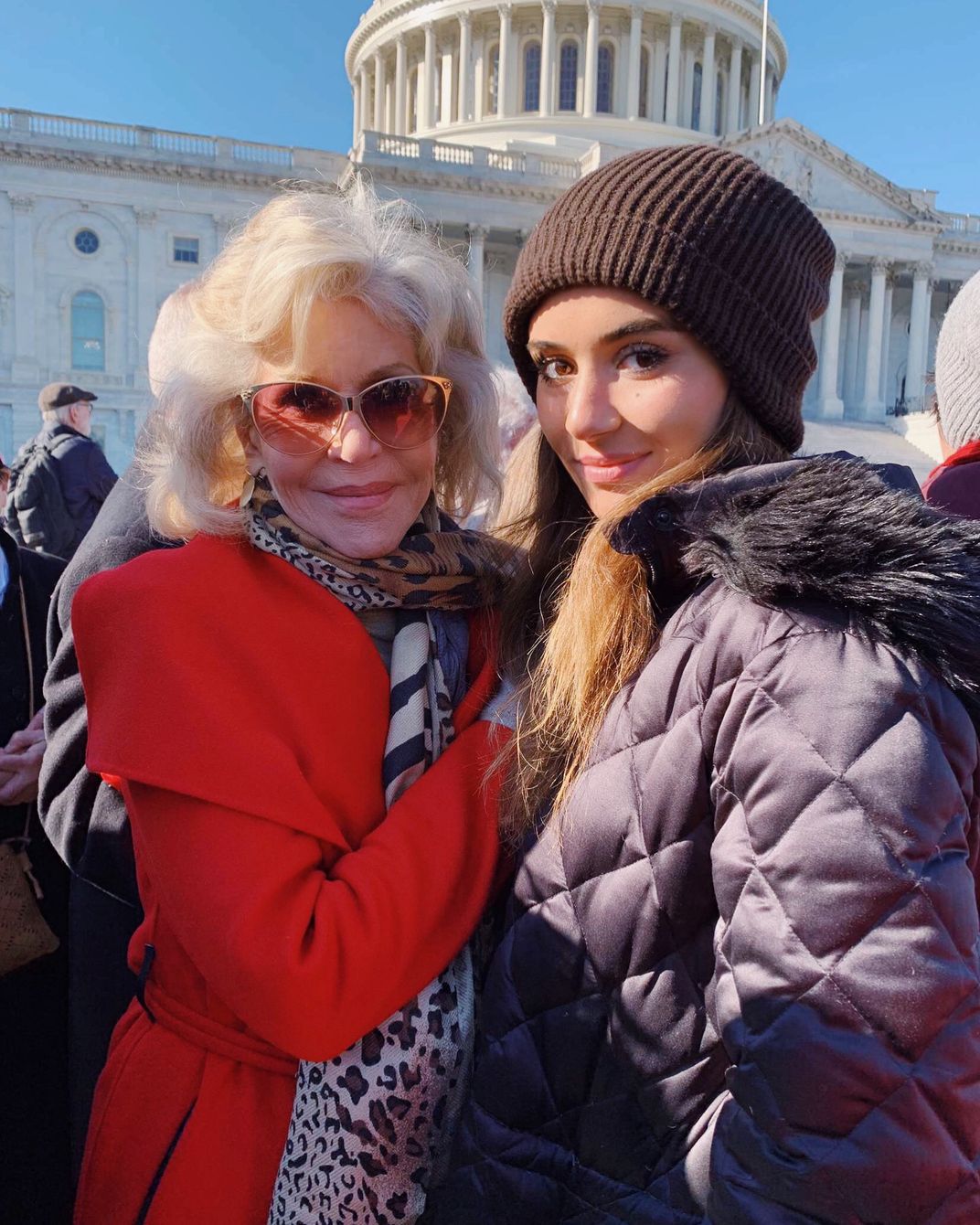
How do you use social media as a tool for increasing climate awareness?
In order to broaden its scope, Climate Cardinals uses social media and news outlets to disperse its platform, construct a compelling image for the organization, and attract volunteers to join the effort. We have built our 8,000+ young volunteer base by using mass social media platforms such as Instagram and TikTok, both to increase users’ understanding of the climate change issue and to spread the word about Climate Cardinals team opportunities. Our viral TikTok videos have reached over 400,000 people. Our initiative has also been featured in news outlets such as The Washington Post, CNBC, Forbes, MTV News, and Business Insider, spreading our reach to the adult population and driving over 100,000 people to visit our website to access climate resources.
Tell us how you became involved with the UN Youth Advisory Group on Climate Change. How has this group made an impact?
I was invited to join the UN Youth Advisory Group on Climate Change last summer as the only U.S Representative and youngest member. We attend regular meetings with the UN Secretary-General, António Guterres, and give him advice on his climate strategy for 2020-2021. Additionally, we most recently organized a global youth consultation with young people from over 20+ countries and published a report outlining six key climate actions that young people want world leaders to take. We hope to continue working with the UN to devise pathways to incentivize meaningful youth participation in international decision-making spaces.
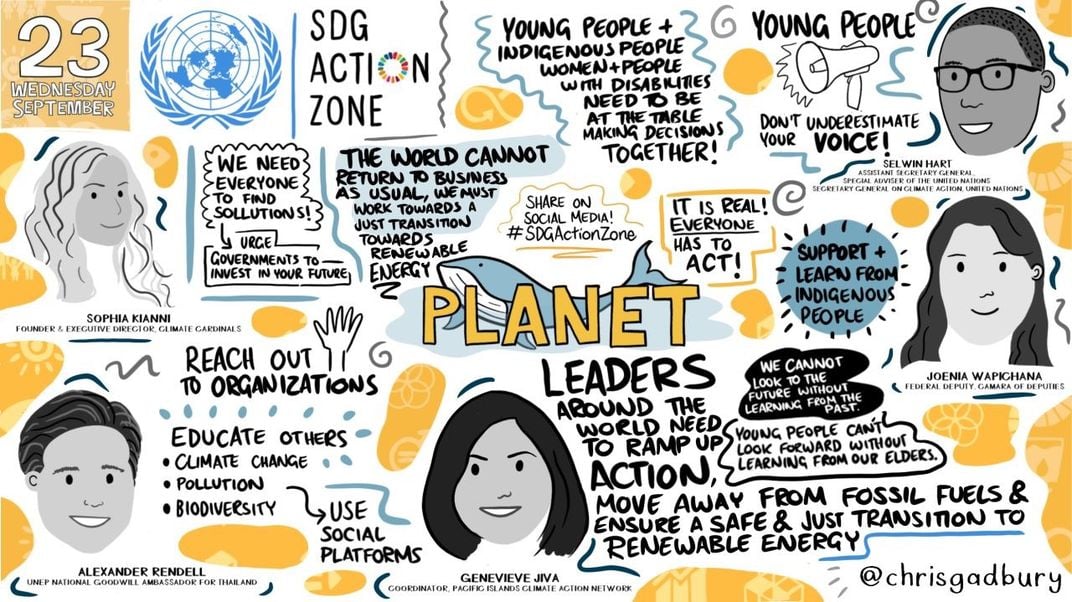
What types of conversations are you hoping to spark through your podcast The New Fashion Initiative?
The purpose of my podcast is to show younger generations the climate impact of their fashion choices. You should listen if you are curious about what is really happening in the fashion industry, how detrimental it is to the environment, and what we can do to change it.
In each episode, I interview various experts that are involved in the fashion industry and are passionate about addressing climate change. Topics include circularity, policy, and raising awareness with guests such as Dana Davis (VP of Sustainability for designer Mara Hoffman), Tom Steyer (Former 2020 Democratic presidential candidate), and Sim Gulati (tech entrepreneur and fabric innovator).
Our forthcoming season will feature interviews with professors at various universities and I will survey them on what they think are the best practices for the fashion industry to implement in order to become more sustainable.
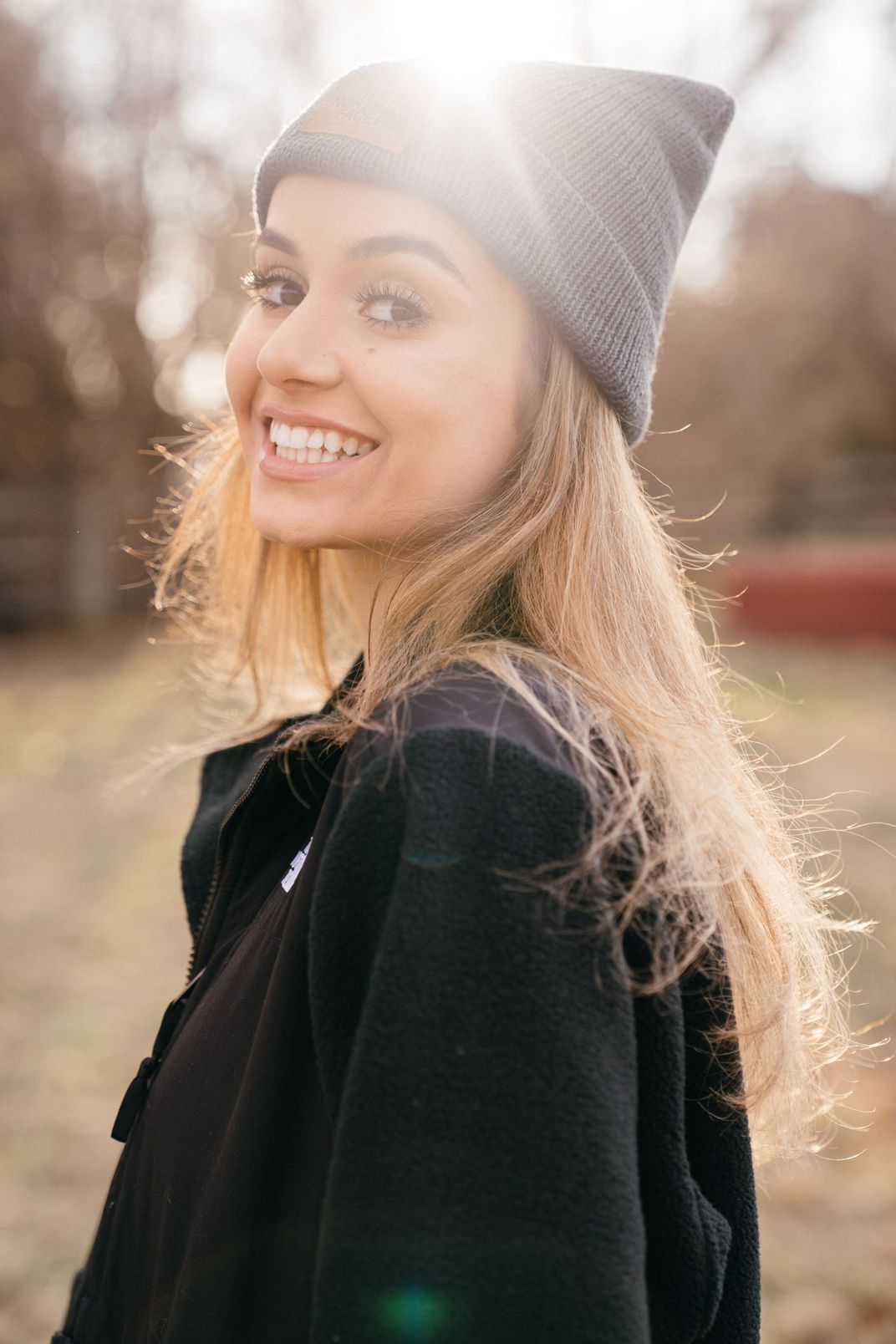
You're majoring in public policy analysis; how do you hope to combine your studies and passions in the future?
By studying public policy analysis, I hope to gain a solid foundation in climate and environmental policy that will prepare me for law school or another graduate degree. In the future, I hope to continue working in the nonprofit and government space on pivotal issues like climate and racial justice.
What makes you optimistic for our planet's future?
All of the incredible young people I work with every day remind me that there are people who truly care about our planet and are fighting to ensure we have a livable future. Combined with the change of administration in the United States, I think we are at a pivotal moment to put pressure on elected officials to take action. Together we can mobilize to create more green jobs and ensure a transition to a sustainable, net-zero carbon economy.
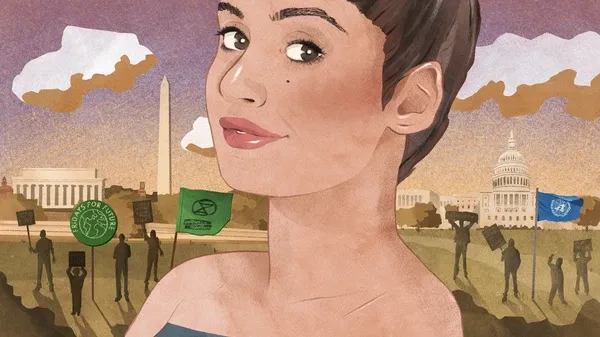
You can follow Sophia's projects on Instagram @climatecardinals and @thenewfashioninitiative.
--
Do you know a youth leader who should be highlighted for their work in conservation, climate, or sustainability? Let us know! Send an email to [email protected] and tell us who you’d like to nominate.
